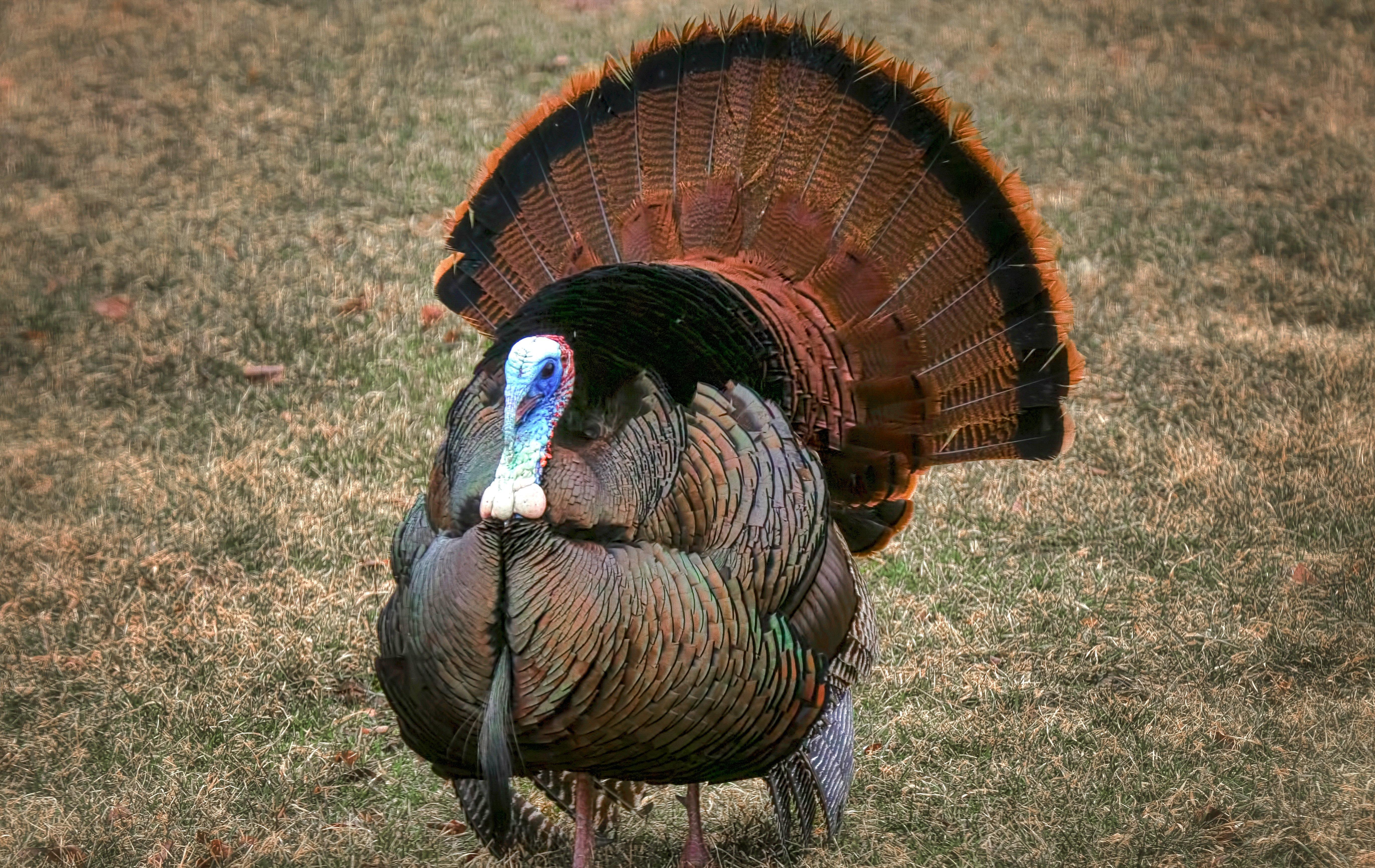150,000 to 180,000
Wild Turkey Population
Easterns
Turkey Subspecies
Not available
Number of Licenses Sold Annually
$32
Hunting license, $22; turkey permit, $10
Cost of Resident License and Permit
$120
Hunting license, $100; turkey permit $20
Cost of Non-Resident License and Permit

Photo by Fiona M. Donnelly
Some folks would suggest that New York spring gobbler hunting isn't what it was several decades ago. Back then, roughly a quarter-million turkeys roamed the state. Estimates now put the number at about 150,000 to 180,000 birds. Summer poult surveys continue to indicate that hens are not as productive as they once were in New York. During the past 10 years, annual poult-per-hen estimates for August are about 0.5 poult per hen less than they were when turkeys were at their peak in the late 1990s. Still, the spring turkey harvest has been stable at about 17,000 birds, and spring season success rates also remain at about 38 percent.
The official New York State Department of Environmental Conservation turkey harvest management word is: After reaching their peak around 2001, wild turkey populations declined gradually over the next decade, followed by a more severe decline since 2009. There are several reasons for this, including a natural population contraction as turkey populations settled down to levels more in line with local environmental conditions, and other factors such as density dependence, poor production, and changing habitats and predator communities. The decline in turkey numbers may be more pronounced in some areas. Reasons for this include cold, wet spring weather, tough winters, and changes in habitat quantity and quality. In areas where open habitats such as agricultural fields, hayfields, old fields, thickets, and young forests have been lost due to development and vegetative succession, there are fewer turkeys. In areas with a larger proportion of big woods, turkeys will persist, but at lower densities than areas with a mix of mature timber, early successional habitats, and agriculture.
Northeastern hunters know New York offers vast public lands, wildlife management areas, state forests and landowners willing to offer access (18.6 million forested acres).












